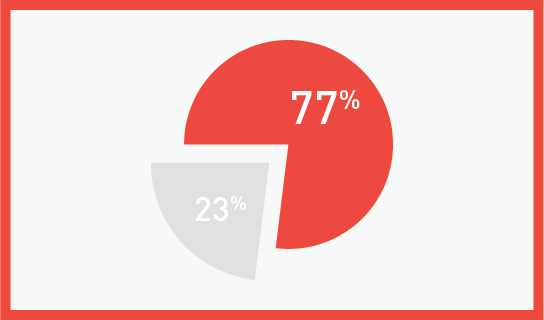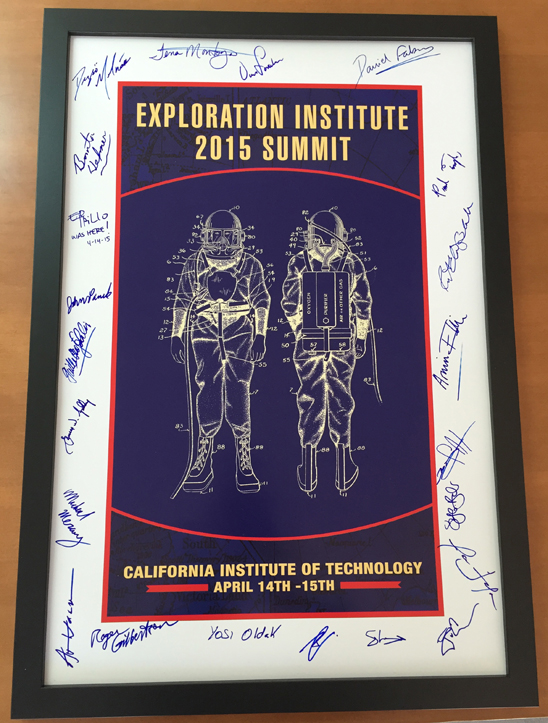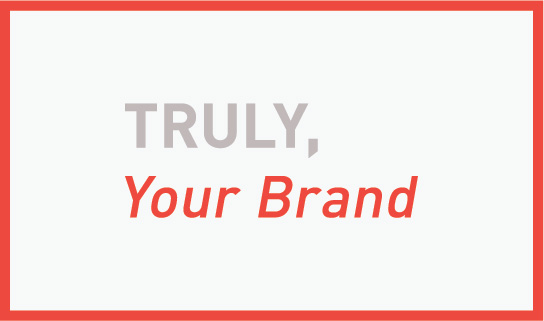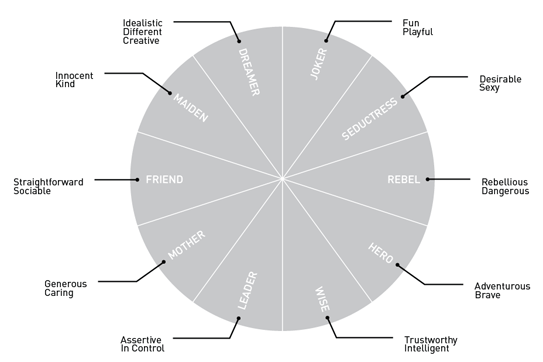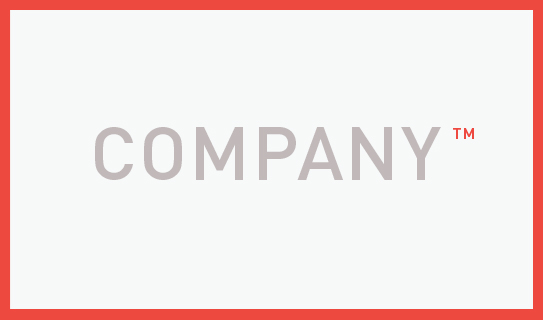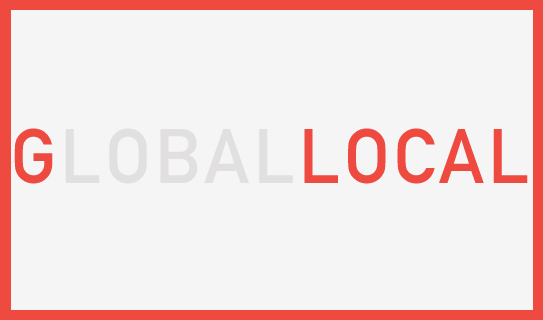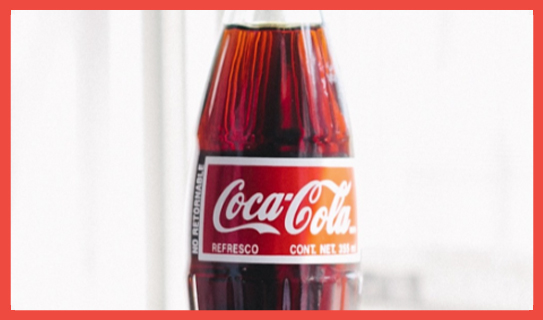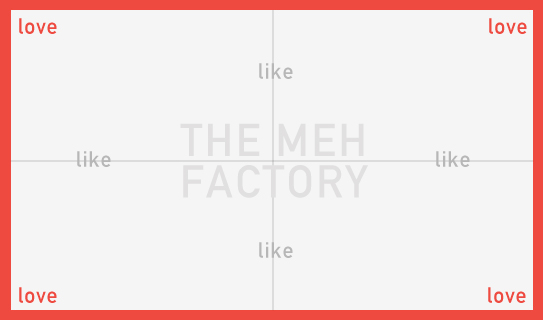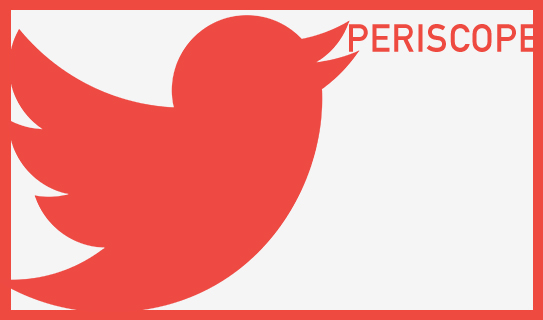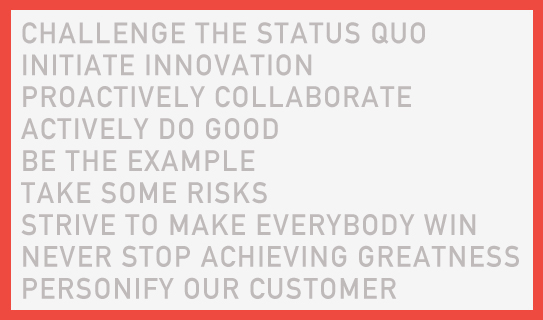Author Archives: Fabian Geyrhalter
What You Can Learn From This Bar’s Brilliant Pricing Promotion
This article was originally published as part of my column in Inc. on July 7, 2015. On July 7, The Way Station bar in Brooklyn offered its female patrons any drink for just 77 cents on the dollar. Here’s how it ended up hitting the jackpot. Giving away free stuff, matching a sale to a donation, giving major discounts, celebrating certain tribes (psychographic or demographic)–all of these are age-old marketing and sales techniques that are often applied to certain days, products, or audiences. I’m sure this became crystal clear to all of us once again during the 4th of July holiday–any holiday is a good time to come up with that sales shtick or marketing idea to generate immediate sales and future leads. Most sales tactics are usually lukewarm, overused, and, well, “sales-y.” They start to turn interesting when they feel not only generous but also authentic and empathetic. A tough mix to brew up, but one bar in Brooklyn, New York, has done just that this week. On July 7, The Way Station bar offered its female patrons any drink for just 77 cents on the dollar. Bizarre, don’t you think? Here’s where the empathy and authenticity hits the jackpot: DNA Info New York notes that the business is “recognizing the difference between the average pay of women and men–77 cents on the dollar, according to the labor department–charging ladies only 77 percent of their bar tabs.” Even though the idea itself stems from the Lean In D.C. chapter …
Marking New Frontiers
What can make one even more nervous when about to speak to a room full of acclaimed rocket scientists and astronauts (yes, they actually did the round-trip we are all dreaming of)? Right when I was walking on stage the organizer interrupted to quickly introduce Paul Tompkins to the select group of participants as he joined the Exploration Institute Summit at Caltech a few hours late. His excuse? He was kept busy launching one of (Elon Musk‘s famed) SpaceX rockets in the morning. Yep, we all have our excuses, don’t we? This one felt rather legit and it made my entrance that much less significant and that much more nerve-wrecking as I was about to talk to a group of geniuses on the importance branding plays in the planning stages of their next explorations – explorations they were busy planning over the course of this 2-day summit. To the outside world I was standing tall, on the inside I felt very, very small. Telling myself ‘they’re just people like you and me’ did not do the usual trick to calm my nerves in front of this group. As so often is the case in midst of an adrenaline rush, it ends up being a whole lot of fun. And may that be one of the few things that I had in common with the group of geniuses in the room of the Keck Institute for Space Studies that sunny April afternoon in Pasadena: We all get extreme personal and professional satisfaction out of uncovering possibilities, planning launches and exploring new frontiers. …
4 Ways to Maximize a Branding Tool You Are Already Using Every Day
An edited version of this article was originally published on Entrepreneur on June 25, 2015. Rarely given much thought in brand creation or marketing efforts, your email signature can sometimes be seen by hundreds of eyeballs on a daily basis. Once you start thinking of this rather minuscule part of your communications a little more strategically, you will see how it can easily turn into an important branding tool with a build-in and engaged audience — a tool that is personal and, yes, free. Your signature can further engage current clients and partners or educate potential clients and employees about your brand’s mission and culture. Working with entrepreneurs day in day out, I always stress the signature as the most simple, yet most overlooked brand asset. Usually it is being greeted by a “deer in the headlights” type of aha moment, one that I would love to project upon you by sharing four incredibly easy ways to push your brand upwards, while sending your emails outwards: 1. Resurface or re-purpose your tag line The tag line used to be one of the key brand communication tools. Things shifted and today tag lines often end up being the headline on your landing page or used in certain lock-ups of your logo only. It’s time to celebrate your tag line again. It is a clever elevator pitch in a few words that quickly describes your brand’s purpose, and the email is the perfect piece in your marketing mix for it to live, be shared and …
How To Define Your Brand Personality
What is your brand personality? Hint: It’s not your personality. It’s not your team’s vibe. It’s not the look and feel of your product. It might not even be what you had in mind when starting your company. It’s time to define what your brand’s personality actually is, and I am glad to share ‘the secret sauce’ with you. A brand’s personality is derived from keywords that best describe your brand’s character as if your brand was a person. You think about how your brand wants to be perceived by your target audience – how it wants to make them feel. Who is your brand as a person? Is (s)he helpful, clever, feisty, glamorous? Below graphic from my bestselling book How to Launch a Brand describes this process and can help you get started on this simple, fun and extremely powerful early branding exercise, which is best done together with your team: After compiling your list of keywords, associate each keyword with one or more brand personality archetypes. See the archetypes we like using, together with example keywords, below: At the end of that exercise, you will see which three personality archetypes have the most keywords associated with them. Those are the personality traits your brand needs to fully represent from here on out in all of its visual and verbal communications. This simple yet very meaningful exercise should assist in defining the company name, the brand identity design as well as the brand atmosphere. Looking at Target as an …
Naming Your Company? 4 Ways to Get Unbiased Feedback
Sell your team on a new company name by following these four steps. This article was originally published on Inc on June 10, 2015. Two years ago, I had an epiphany. And I did what entrepreneurs fear most after successfully being in the same business for over a decade: I made a big change. I decided to drastically reposition my design and branding business, and with that came the necessary name change. After crafting hundreds of names, I picked the name FINIEN. The team had its doubts. The name could be reminiscent of a shark (fin) or even death (finir in French = to finish), hence no one would ever hire us again, especially as a consultancy that crafts names for a living. We might be doomed. Despite these fears, we moved forward with the name, and that decision has treated us well. Here are four key takeaways from naming companies like our own that will assist on your quest for a great company or product name. The rule above all rules: after consulting with (and hiring) professionals who derive names for a living, trust your gut and go for it. So you went through the checklist and you feel it is the right name for your company moving forward. If that’s the case, don’t open it up for the emotional, unproductive feedback typical of a larger group. If you ask your significant other, (s)he will likely react emotionally and might not understand the full strategy, research and context. (S)he will hear an unfamiliar name and will immediately sense danger. If you ask your …
Launch Glocally – Not A Choice, But A Necessity
It is a fact, we have all gone completely glocal! To think about cultural diversity means inclusivity, not exclusivity. It speaks to today’s Zeitgeist. You think globally, but you act locally – it’s how we live our lives today and it’s how we launch brands today, which leads me to your very own brand launch. Your new brand will be exposed to a global audience from the get go even if you set out to create a very local or regional brand. Plan your brand launch around a very specific and narrow audience (you need that focus), but craft your brand name and design to have a unified global appeal in order to be embraced in other markets. Your positioning and core values should work globally, but a local strategy is where you touch communities. Thinking global mitigates the risk of depending on one country or region’s economy for your success – you can easier move towards new markets if you think globally from the start. As a startup you don’t want to alienate future markets. Even if you intend to create a local-only brand, cultures within most regions are diverse, so by thinking global, you will ensure in a worst case not to offend, and in a best case to attract a larger, more diverse audience. Additional glocal incentive, if you needed it: Investors want to see global thinking and ambition and will likely make larger investments in your venture. So how do you get there? Keep these 4 rules in mind as you develop your …
5 Ways To Create A Timeless Brand
Creator, the beautiful online magazine of wework, the highly inspirational community of creators, published an original article by yours truly yesterday, so I thought sharing is caring. It goes something like this: If I say “Coca-Cola,” you probably see the cursive typeface, red and white colors, curved bottles, and polar bears, right? That’s because Coca-Cola has spent decades building its brand with precise imagery, a consistent logo, and steadfast messaging. While Coca-Cola is the quintessential timeless brand, many entrepreneurs have a tough time replicating its success because they’re drawn to the latest fads. Unfortunately, that’s not the key ingredient for enduring the test of time. Styles change, but your company’s name and logo should not. You need to get it right from the beginning so you won’t confuse your target audience. It’s imperative that you create a brand that reflects your company’s values and is based on a shared passion with your target audience. The brand that stays top of mind with consumers is the one that was built with “soul,” is driven by passion, and is marketed truthfully and consistently. A brand like Coca-Cola is truly timeless. Despite shifting marketing and advertising efforts, the brand is always surrounded by its unmistakable logotype and color scheme. So how do you build a timeless brand? Here are five tips to get started: Buck the trends. If it’s in the moment, it’s unlikely to be in the future. Trends don’t hold up over time. People want something that stands out. A trend is cool for a …
Is Your Startup Turning Into The Meh Factory?
You start off with a grand vision, the big thought. You can imagine the person who will go crazy over your offering right in front of your eyes. As you find yourself diving head-first into product development, in many cases your target audience starts to automatically widen and with that you run the risk of your startup turning into a factory of…meh. A Meh Factory is pointing towards, and hitting the center of the bullseye perfectly. A good thing you’d assume, but the bullseye is smack in the middle of everything: not too this, not too that, it’s just right in the middle. A product that tries to appeal to everyone and do everything. It is not the cheapest, not the priciest, not the coolest, not the best – no, it’s just right there, sitting stagnant in the middle of it all and by hitting the target spot-on, it is missing its target audience, its initial reason for existence, entirely. Becoming a Meh Factory is an even easier trap to fall into for an existing brand that is losing its soul, a great example being Gap (You can indulge in this story, exemplifying a brand’s quest to remain relevant). As a startup you can protect yourself from falling into this gap (sorry!) early on. As you enter the development phase, remind yourself that as a new brand on the market it has to be your main goal to work towards reaching someone’s heart and not everyone’s mind. Only if you get one ‘tribe’ to not only like, but fully …
Twitter’s Periscope: What’s The Naming Scope
As you may have heard, Meerkat now has a new, serious, competitor. And no, it’s not the Minneapolis agency Periscope, which greatly enjoyed getting a lot of buzz today when Twitter launched Periscope. Twitter did not talk to the agency by the same name, has not asked them for their Twitter handle @periscope (Wait, really? They kept @periscopeco), nor cared about the fact that they are naming their product the same way. Twitter decided to stick with the name of the startup they acquired, a very ‘speed-to-market’ move, and when it comes to naming, a highly questionable one. Twitter is 36.5 million followers larger than the agency by the same name, and the world will, after just a few days, think of Twitter’s service – and Twitter’s service alone – when hearing the name Periscope. Periscope, the agency, will not be so happy about it when confusion turns into annoyance and a dillusion of their smart brand name. The question remains: Why stick with the name Periscope? A rather great name for a ‘full-spectrum creative agency’ that helps uncover and look at things differently, but for a live-streaming app? Given all the red flags, they kept going with a name that stands for an apparatus consisting of a tube attached to a set of mirrors or prisms, by which an observer (typically in a submerged submarine or behind a high obstacle) can see things that are otherwise out of sight (via Google). Leaving early adopters to adjust to a new name in order …
Your Brand’s Core Values: From Document To Embodiment
Deriving your venture’s core values early on is essential to formulating a strong brand from within. Imagine your core values being displayed beautifully in your company’s lobby: Your team will see them every day and it should engage and inspire them. At the same time, clients and shareholders should be able to read, and be in agreement with, your core values actually representing, and serving, your brand well. They need to resonate across the board. We advise to keep those value-statements to three very short and actionable sentences (some of the more universally applicable examples we derived with our clients in the past months are shown below): It is easy to notice that core values often sound similar, perhaps even a bit generic if taken out of context, regardless of how hard we worked with our clients on crafting them. They often do not feel naturally implementable either. No surprise then that they often stay put on a desktop in a PDF document, rather than being embodied by the team. I gave this issue a lot of thought as I urge my team and myself to create work that is intrinsically being embodied by our clients to push their ventures into great brands. I recommend embodying your core values the same way I would recommend you preparing for a very important presentation: Once you have the presentation deck done, the speaker notes inserted, and you start practicing, you will realize that the more you practice, the more you embody the content and overall spirit. …
